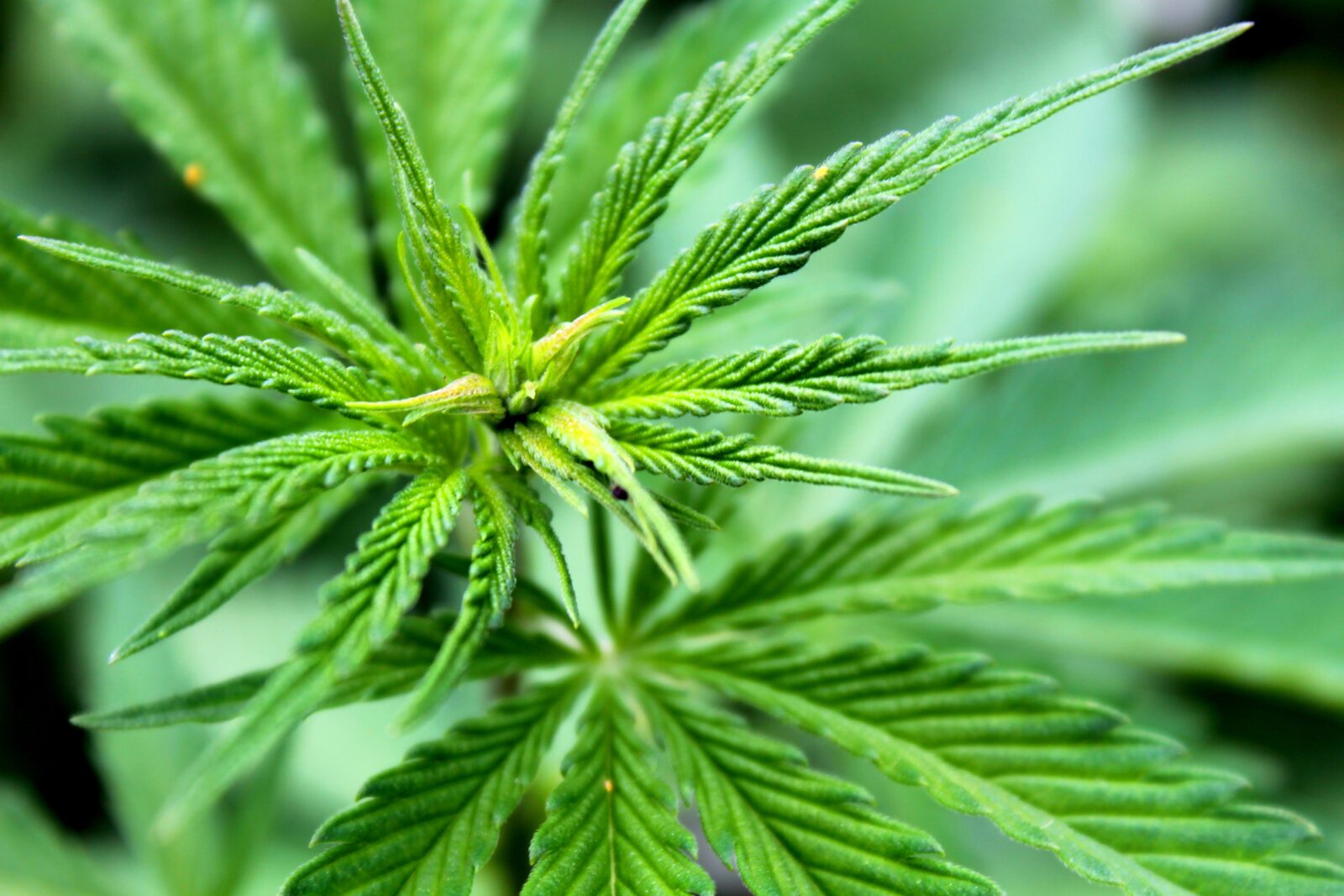Cannabis and Insurance Coverage: Don’t Bogard That Hemp!
From the Desk of Jeff Eberhard:
The world of cannabis law has grown increasingly important each day. The changing complexities of state and federal cannabis regulations is not something that you think about every day, but when aiming to deny coverage based on a policy exclusion of controlled substances, you may want to keep abreast of current laws and regulations. In this case, the District of Oregon examined if coverage was rightfully denied by Country Mutual for a fire that resulted from the preparation of CBD ointment.
Claims Pointer:
The District of Oregon, after an in-depth dive into the science of cannabis, determined that Country Mutual bore the burden of proof for an insurance exclusion and further held that since Country Mutual’s policy only referred to the federal Controlled Substance Act, the Oregon state law’s standards for the derivation of total THC levels were irrelevant. Thus, the court did not rely on the state test results of total THC content and found coverage for the fire arising from the preparation of CBD salve, regardless of the policy’s Controlled Substance Exclusion.
Bogard v. Cty. Mut. Ins. Co., 2021 LEXIS No. 1:19-CV-00705-AA, U.S. Dist. LEXIS (D.Or. Sept. 20, 2021).
Facts:
In January 2019 a fire occurred while Mr. Bogard was making CBD salve in his garage. The Bogards (“Plaintiffs”) submitted an insurance claim with Country Mutual (“Defendant”), who denied the coverage due to a Controlled Substance Exclusion within the homeowner’s insurance policy. The policy defined controlled substance to mean “as defined by the Federal Food and Drug Law at 21 U.S.C.A. Sections 811 and 812 (as amended), regardless of whether the controlled substance is legal under any state law (for example: marijuana).” The legal dispute became highly technical and hinged on whether the hemp used to make the CBD salve contained less than 0.3% delta-9 THC, which is the limit after which it would become a federally illegal controlled substance under the Controlled Substance Act (“CSA”) and 2018 Farm Bill.
The hemp being used had been tested in the EVIO laboratories in accordance with Oregon state’s test standards before the fire. One of the batches of hemp tested, using a formula established by Oregon regulation, resulted in a “Total THC level” of 0.381%, while the level of delta-9 THC was “below the Limit of Quantification”.
Plaintiffs submitted a claim seeking coverage for the loss from the fire. Defendant denied the claim stating that the policy did not cover damage caused by the manufacturing or processing of a controlled substance. Plaintiffs then brought suit and the parties moved for summary judgement on the issue of whether the policy’s Controlled Substance Exclusion applies. Defendant asserted that because the hemp contained a total THC level of 0.381%, it was considered marijuana under the CSA and thus the policy claim was rightfully denied.
Law:
When interpreting the meaning of a policy a court must “ascertain the intent of the parties, based on the wording of the policy itself.” Cain Petroleum Inc. v. Zurich Am. Ins. Co., 244 Or. App. At 24 P.3d 596 (2008). In determining a party’s intent under Oregon law courts follow a framework that is set out in Hoffman Const. Co. of Alaska v. Fred S. James & Co. of Oregon, 313 Ore. 464, 470-71, 836 P.2d 703 (1992). This Hoffman framework requires the court to first determine whether the provision or term at issue is defined in the insurance policy. Id. at 469. If it is expressly defined, then the court must apply that definition. Holloway v. Republic Indem. Co. of Am., 341 Ore. 642, 650, 147 P.3d 329 (2006). If the policy does not provide a definition the court must look to the policy’s plain meaning. Id. at 650. The policy has a plain meaning when there is only one plausible interpretation. Id.
In 2018 the Controlled Substances Act was modified with the enactment of the 2018 Farm Bill. The modification divided cannabis into marijuana and hemp. Section 812(c)(17) of the Controlled Substances Act defines hemp as “the plant Cannabis sativa L. and any part of that plant, including the seeds thereof and all derivatives, extracts, cannabinoids, isomers, acids, salts, and salts of isomers, whether growing or not, with a delta-9 tetrahydrocannabinol concentration of not more than 0.3 percent on a dry weight basis.” 7 U.S.C. §1639o(1). (Emphasis added).
Analysis:
In making their decision the District of Oregon looked to the terms in the policy provided by Country Mutual. Specifically, they looked at the policy’s Controlled Substances Exclusion which defined a “controlled substance” according to the definition given in Sections 811 and 812 of the Controlled Substances Act. The court noted that had the fire occurred a short while earlier—before the 2018 Farm Bill was enacted—there would be no question that the cannabis being processed by Plaintiffs would be considered a controlled substance under that statute. However, since the 2018 Farm Bill did modify the Controlled Substances Act, a dispute arises as to whether the hemp produced by Plaintiffs is a controlled substance. To answer this, the Court must decide whether to consider only the actual level of delta-9 THC in the hemp, which was effectively zero, or whether it should consider the “Total THC” level, which was 0.381%.
Oregon law provides a formula to determine the “Total THC” which, in the years following the fire, was adopted by a federal regulatory framework at 7 C.F.R. §990.1. The Court noted that the statutes that were incorporated into the policy’s Controlled Substances Exclusion are only concerned with the amount of “delta-9 tetrahydrocannabinol”. Additionally, the policy made no reference to the Oregon regulatory standards for “Total THC” and the federal regulatory standards did not yet exist at the time of the fire. In fact, the policy only references 21 U.S.C. §§811 and 812, and those statutes, through 7 U.S.C. §169o(1), define hemp as cannabis with 0.3% or less “delta-9 tetrahydrocannabinol”.
Looking at the plain terms of the policy and the referenced definition of hemp as containing 0.3% delta-9 tetrahydrocannabinol the court decided that the cannabis being processed by the Plaintiffs was not considered a controlled substance under the policy because the hemp contained a delta-9 THC level of 0.0365% which is below 0.3%. Therefore, the Court held that the Controlled Substances Exclusion in the policy did not apply, and the Plaintiffs were able to claim for coverage.
The Big Picture:
This case demonstrates the importance of being up to date on current state and federal laws and regulations to ensure that policies, especially any exclusions within, are written to achieve their goals. It is important to remember that the plain language of the policy dictates the results in court. It is also important to note that regulations on cannabis are constantly changing thus the applicability of certain exclusions to coverage can also change depending on when the loss occurs.

















